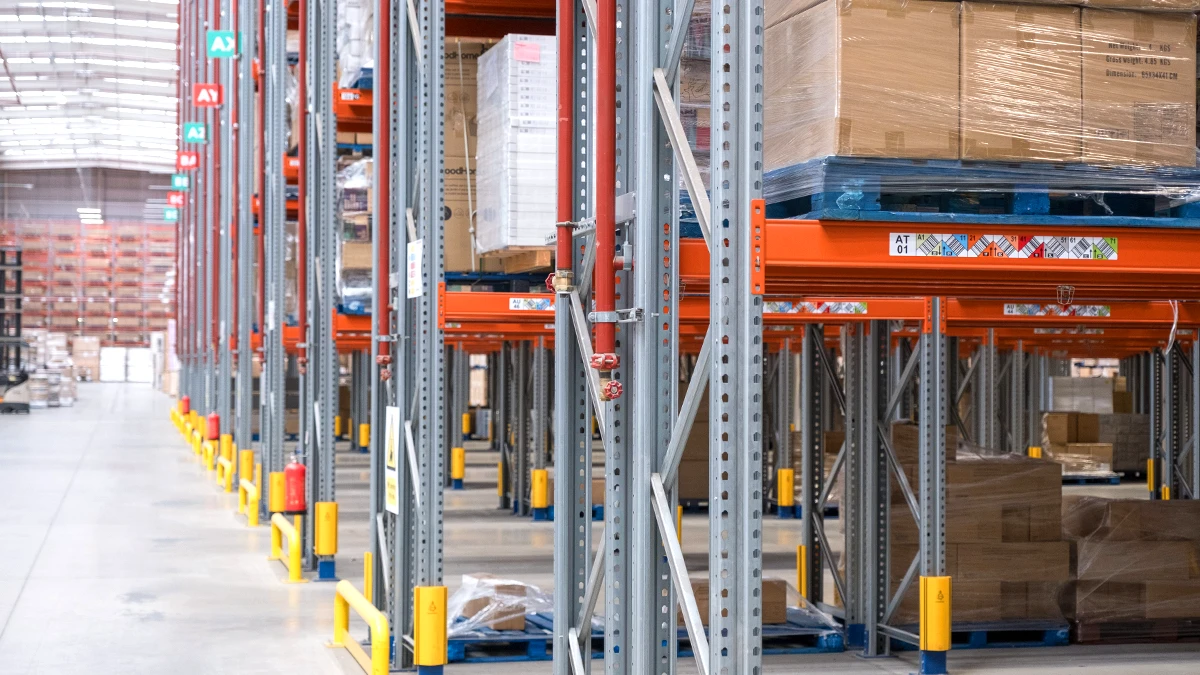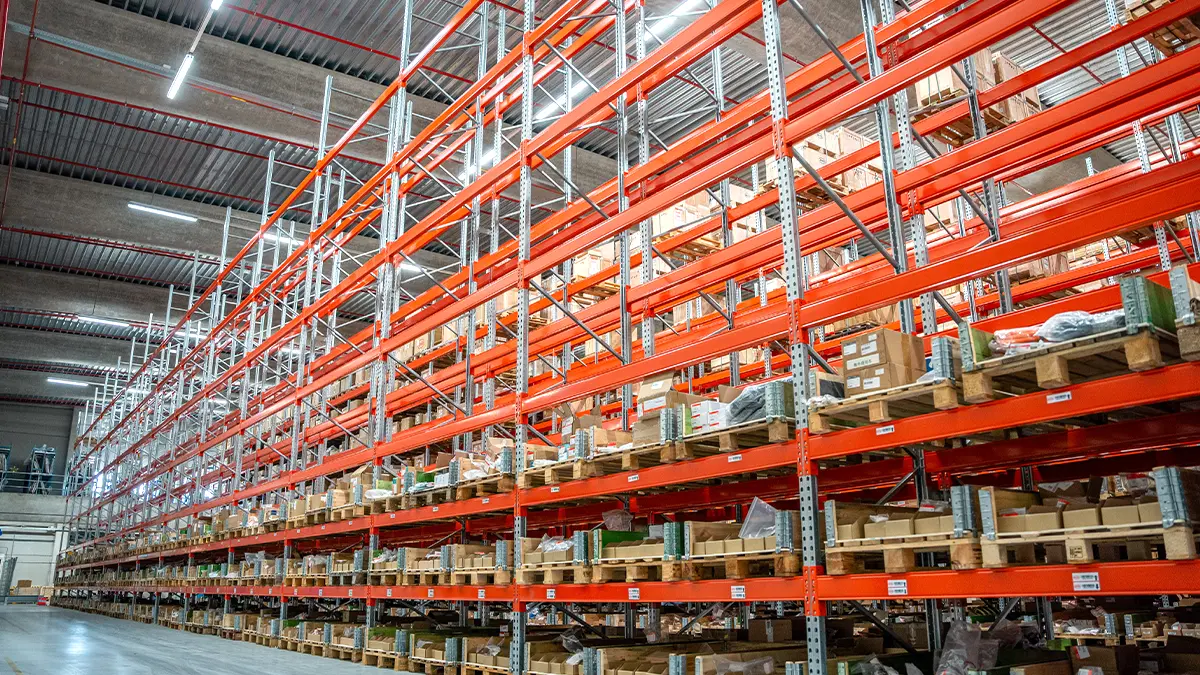In logistics, what is known as safety stock (also defined as safety inventory) is a certain level of goods that must be kept stored in the warehouse to cope with unscheduled variations in the demand or supply of products.
As its name indicates, safety stock adds an extra level of safety against potential problems that cause an imbalance in the capacity of the warehouse to meet customer demand. In short, safety stock helps us to avoid a stockout.
Why is safety stock or inventory so important for a company?
In this century, during which supply chain complexity has increased significantly, it is very important for companies to hold safety stock in order to continue their normal operations in case of unforeseen events in an increasingly unpredictable and changing environment.
Some of the most common risks for which safety stock is a prevention element are:
- Unexpected growth in demand
- Unplanned increase in inventory turnover
- Failures, errors or breakdowns in the company’s production chain
- Delays or problems in the supply of goods from the supplier
- Downtime periods in the team of workers, due to strikes, external conditions, or force majeure (for example, the COVID-19 pandemic).

We would therefore use the safety stock in the above such situations, in which the demand for goods is higher than that expected by the organisation.
The term safety stock is closely related to the reorder point, which indicates at which stock level we must place a new order with our suppliers. If safety stock changes, then generally the reorder point must also be adapted to this new variable.
Not correctly defining the safety stock level and suffering a stockout in the warehouse will also result in a loss of sales and revenue, not to mention cause a significant loss of confidence among our customers and in the company’s reputation too. It is therefore very important that the company’s logistics area allocates the necessary resources to correctly calculating this stock level.
While taking into account the above points of why safety stock is important, it is also necessary to consider that having safety stock has its disadvantages too, mainly associated with the costs to the company of storing, keeping and handling these extra goods.
As a result, the appropriate safety stock level will be defined by the balance between being able to respond to the abovementioned unforeseen events, but without having an excessively high level of this extra stock.

How do we calculate the safety stock of a warehouse?
The calculation and definition of safety stock is the key to knowing if our inventory level is excessive or low. There are several aspects that we need to address directly to correctly calculate it:
- The company’s delivery periods from when it receives a new order
- Usual demand for safety stock and possible deviations
- Common deviations between the stipulated and actual delivery period
- Desired percentage or rate of the service provided
Based on these aspects, we define the variables of the formula that calculates the safety stock:
- Maximum delivery period: this is our maximum delivery period in case of any type of problem or delay
- Delivery period: this is the usual delivery period for receiving orders from our supplier.
- Average demand: this is the average demand in normal conditions for the specific goods being analysed
The Safety Stock (SS) formula is therefore defined as:
Safety stock = (Maximum delivery period – Normal delivery period) * Average demand
For any query on the best storage solution to optimise stock storage in your warehouse, please do not hesitate to contact our team of professionals here.




